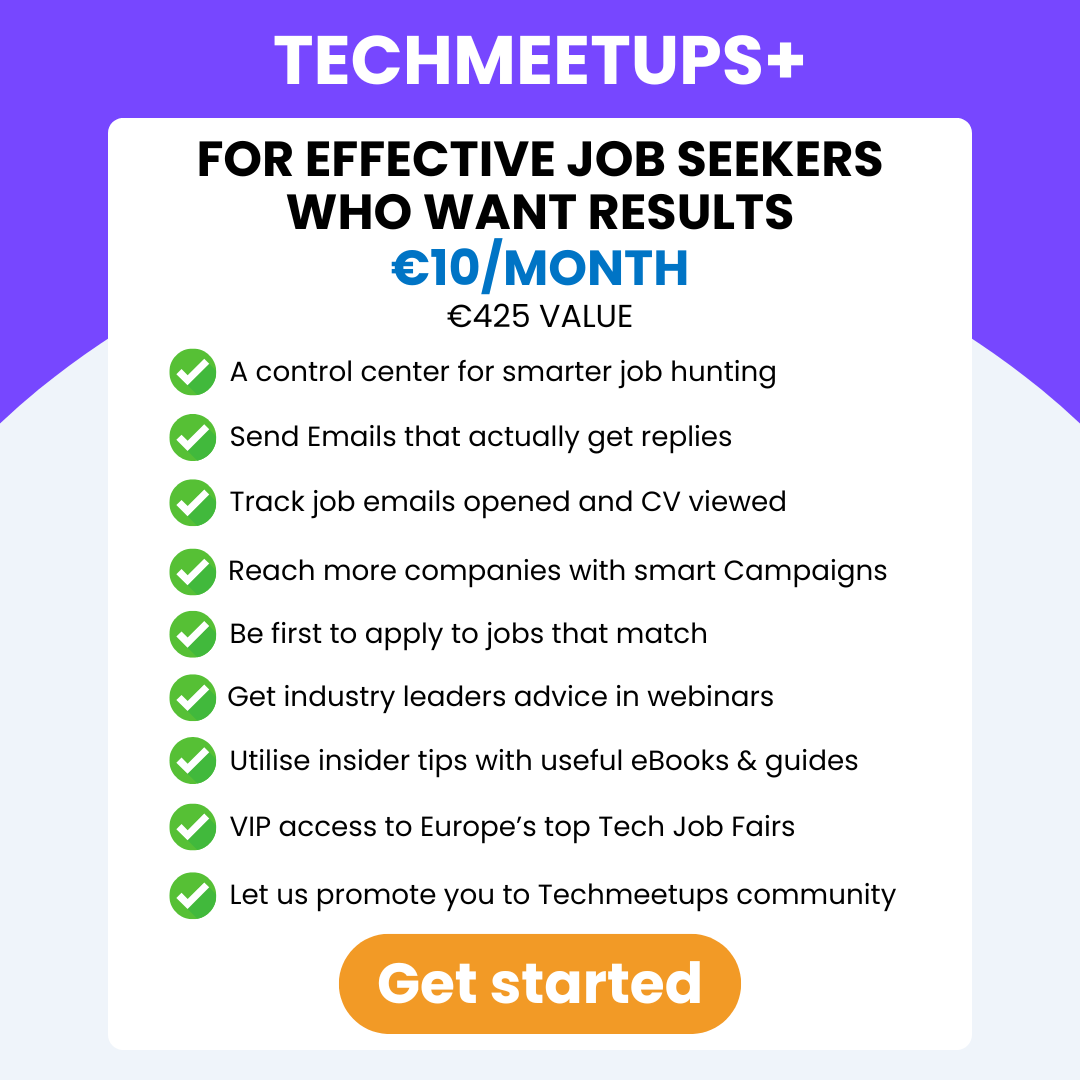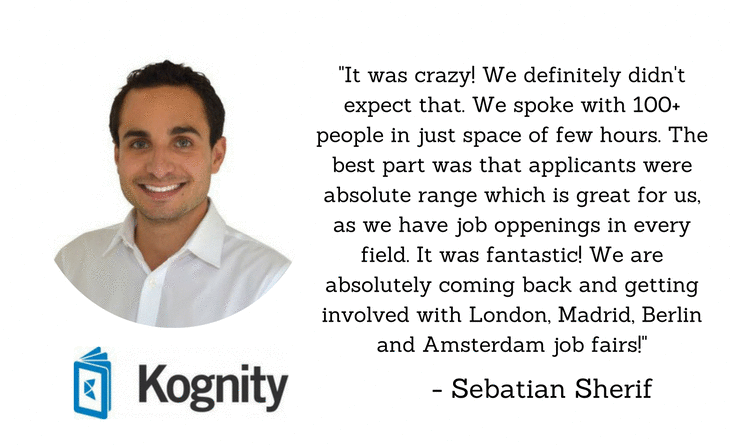Original post by JULES MALTZ AND DANIEL BARNEY via TC
Editor’s note: Jules Maltz is a general partner at IVP and focuses on later-stage venture investments in rapidly-growing Internet and software companies. Follow him on Twitter.Daniel Barney is a senior associate at IVP and focuses on later-stage venture investments in digital media and information technology. Follow him on Twitter.
Over the last several months, there has been an intense debate about the viability of freemium business models. For some, freemium is acostly trap, a business model that sacrifices revenues and forces a startup to support freeloaders who will never become paying customers. For others, freemium is the future of business, the logical conclusion of a world in which the cost of bandwidth, storage, and information processing approaches zero. Both sides agree that the model is extremely powerful. As Rob Walling of HitTail notes in a recent Wall Street Journal article, freemium is like a Samurai sword: “unless you’re a master at using it, you can cut your arm off.”
While we’re not Samurai sword fighters at IVP, we believe that freemium is massively disruptive and needs to be understood. We’ve spent the last several months interviewing freemium software leaders, including 37signals, Dropbox (an IVP portfolio company), Evernote, GitHub, HootSuite, New Relic, SurveyMonkey, Weebly, and Zendesk (For the sake of simplicity, we’ve focused on software companies that seek to convert free users to paying customers, rather than those subsidized by ad-supported models.) With the help of these companies, we’ve put together the following six lessons for freemium software businesses. Use them wisely!
1) START WITH THE PRODUCT
Over the course of our interviews, one point came up again and again: make sure your No. 1 priority is your product. While designing a quality product is important for every startup, it is crucial and particularly challenging when building a freemium company. The perfect freemium product will market itself, acquire new users (both free and paid), onboard users, and automate customer service, all with little or no human intervention and minimal expense. This is only possible with a well-designed product that users truly love.
Typical freemium companies convert between 1 percent and 10 percent of users into eventual paying customers. As a result, it’s important that a freemium product has both (a) low marginal costs and (b) minimal sales and marketing expenses. Because the vast majority of users don’t pay, a freemium company will struggle if its product is expensive to market, deliver or support. Your product needs to sell itself and attract loyal users based purely on its own merits and without a large marketing budget. For a user, the product has to be simple and “just work.” This doesn’t mean it shouldn’t be technically complex or challenging behind the scenes – it just can’t feel that way to the user.
Furthermore, the simplicity and quality of your product must be consistent across both free and paid offerings. Many freemium companies fail because they provide a free “gimmicky” product that provides little value with the hope that users will convert to the paid version. In reality, offering users a sub-par product makes them less (not more) likely to become paying customers, defeating the purpose of having a freemium model in the first place. The best freemium companies provide real value to both free users and paid customers and spend the majority of their time making their free product even better.
You can’t attract free users or paid customers unless you build a great product. Once you’ve designed and built a world-class product, it’s time to get to know your customer and understand whether freemium is right for them.
2) KNOW YOUR CUSTOMER: IS FREEMIUM RIGHT FOR THEM?
Freemium, like subscription, perpetual license, or service-based pricing models, is just a tool among many that helps your customers buy your product. Your first job is to understand your customers’ pain and build a product to solve it. Once you’ve done that, you can start asking questions about how they want to buy your product and figure out if freemium is the right way to go.
Techmeetups launches the Guru Program to help Startups & early stage companies with mentoring on all aspects of your Business.
Limited spaces are available – book your place on the Guru Program now to attend in London or remotely from anywhere in the world.





